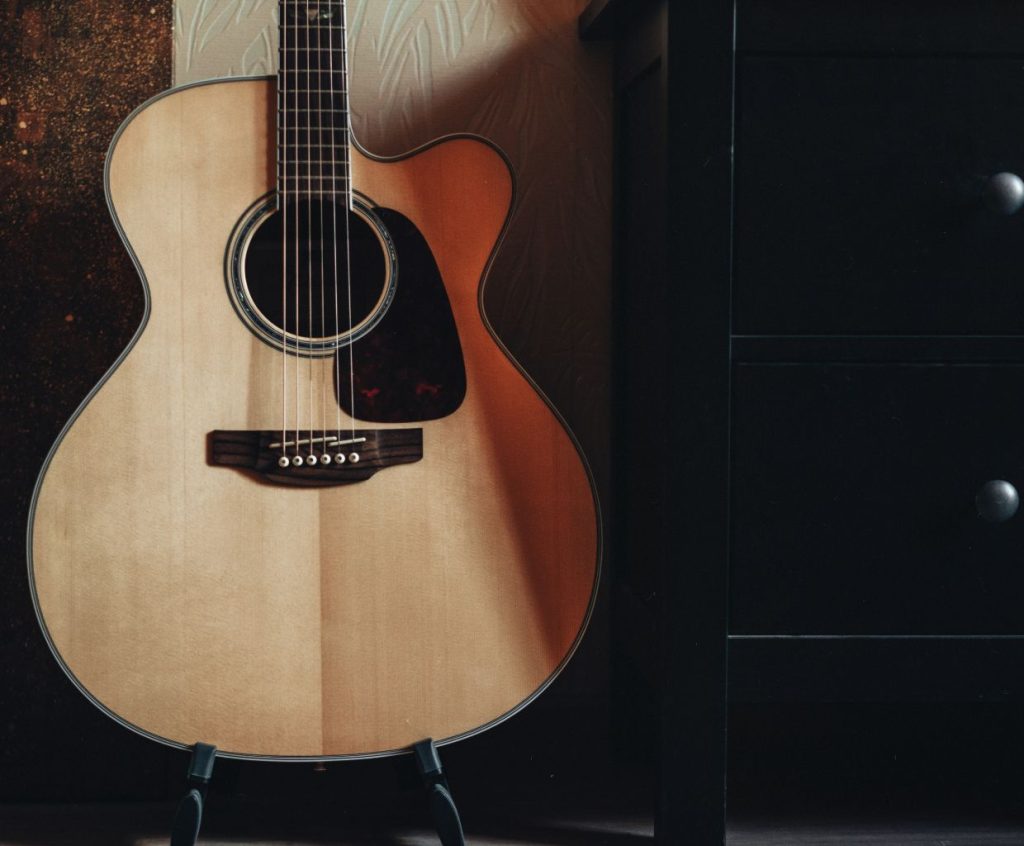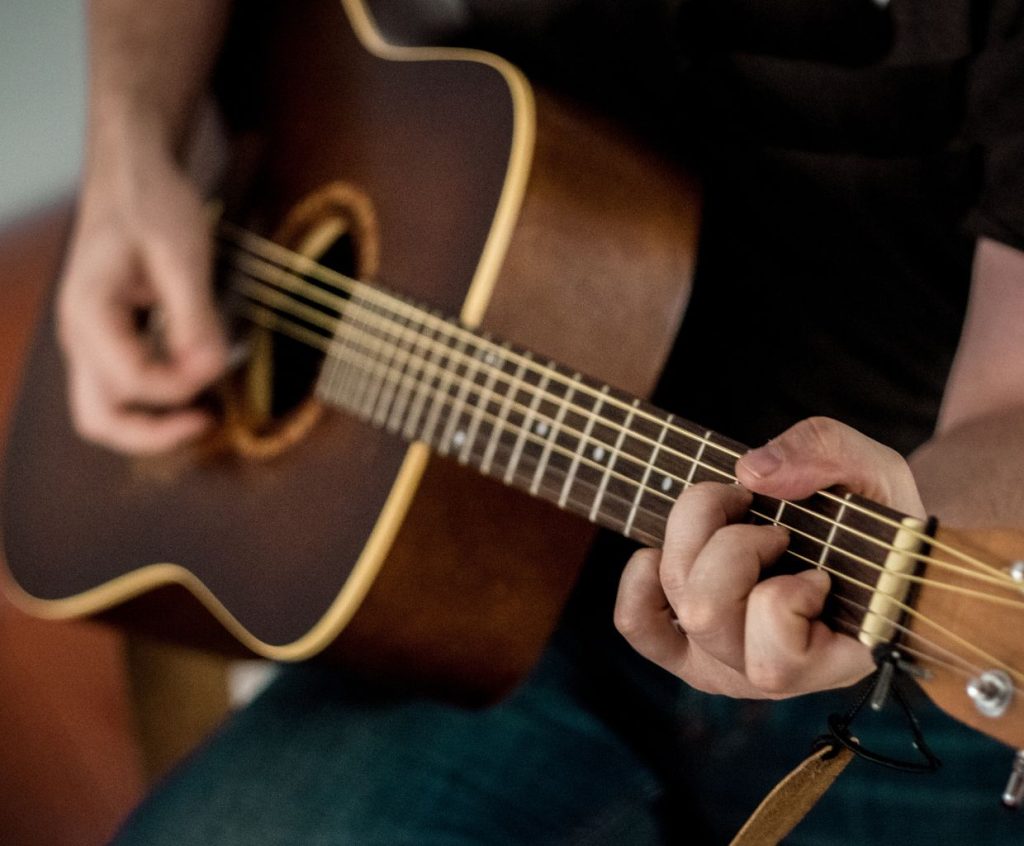Spanish Or Classical Guitar Vs. Acoustic Guitar – What Are The Differences?
The main difference between the classical guitar (or Spanish guitar) and the acoustic guitar is the material the strings are made of: nylon, in the case of the classical guitar, and metal, in the case of the acoustic guitar.
Many musicians have a more pleasant experience while playing the Spanish guitar -also known as classical guitar- than playing the acoustic guitar, which is more challenging to master and, because of its tighter and tougher strings, more painful.
Main differences between these guitars
The classical guitar is often confused with the acoustic guitar. The acoustic guitar is the American version of the classical guitar, which explains their shared essential elements. For example, they can be acoustic guitars because neither requires electrical power.
However, there is an essential difference in the strings. The Spanish guitars (classical guitars) have nylon strings, while the acoustic guitars have metal strings. This has an impact on the sound.
The classical guitar produces a softer sound than the acoustic guitar, which produces a more robust sound. Because of its softer strings, many musicians prefer the classical guitar over the acoustic guitar, which is harder to master and tends to cause more pain to the player’s fingers.
- Read Also: Acoustic Guitar vs. Classical Guitar
Classical Guitar Vs. Acoustic Guitar – Guitar sizes
The guitar size is another critical difference: the acoustic guitar is usually more prominent. Also, there are many acoustic guitar designs and shapes. Usually, the resonance chamber of the acoustic guitar is wider than the classical guitar, especially in the upper part. This creates a rounder shape. In contrast, its neck is slimmer, which increases the difficulty level of this instrument.
Because of these two facts, the classical guitar player makes music with chords, and the acoustic guitar players use single notes. Of course, this is a trend because they can be ideally used for both playing forms.
Additionally, there’s a remarkable price difference between these two guitars. The classical one is usually cheaper than the acoustic one, especially in the most basic models. This makes the classical guitar a desirable option for beginners of all ages.
It is essential to notice that acoustic and classical guitars have the same learning process. Thus, it is only a matter of slight adaption if you want to experiment with the other model.
The classical (or Spanish guitar) and the acoustic guitar are not the same, even if they have an unquestionable relationship. Style and personality will determine which model is chosen by the guitarist.
Both the acoustic guitar and the classical guitar are six strings acoustic guitars. The music they can produce is created without electrical power. It must be mentioned that the acoustic guitar has an acoustic/electric version, but the Spanish guitar is always wholly acoustic. The strings, frets, and wood type are differences between these guitars.
Acoustic Guitar
The acoustic guitar is also known as the folk guitar, and it’s used to play folk, blues, rock, and country music. Its metal strings produce a rich, high sound. It is habitually played with a pick to prevent the metal strings from injuring the player’s fingertips.
Because of the acoustic guitar’s slim neck, it is much easier to play it with a pick.
Spanish Or Classical Guitar
The Spanish guitar has nylon strings and a wider neck, which allows scratching the strings with the fingers. Nylon strings produce a soft and slightly faded sound. The guitar design makes it easy to play complex melodies such as jazz, flamenco, classic elaborate pieces, and classical Spanish music.
Classical guitar stands out for its vast right-hand technique, which allows the playing of musical melodies that couldn’t have been created with an acoustic guitar.
Neck And Strings
The acoustic/folk guitar has a slimmer neck than the Spanish guitar; its frets are closer together, the strings are tighter, and it has a more extensive body or resonance chamber. The acoustic guitar has 14 frets, and the Spanish guitar has only 12. All six acoustic guitar strings are made of metal and recovered from bronze.
According to The Classical Guitarist, the six strings of the classical guitar are divided into three acute (high) strings made of nylon and three graves (low) strings made of nylon with a bronze or silver cover. The Spanish guitar is generally the most straightforward guitar to play.
Wood
The classical and acoustic guitars also have wood differences, generating distinctive sounds. The acoustic guitar is generally made of spruce, although the Brazilian jacaranda is preferred because of the better acoustic they produce. The classical guitar is made of cedar or mahogany wood.
Both guitars are manufactured with light and resistant wood, which elevates the vibration of the resonance chamber. Frets are sometimes made of ebony or jacaranda.





